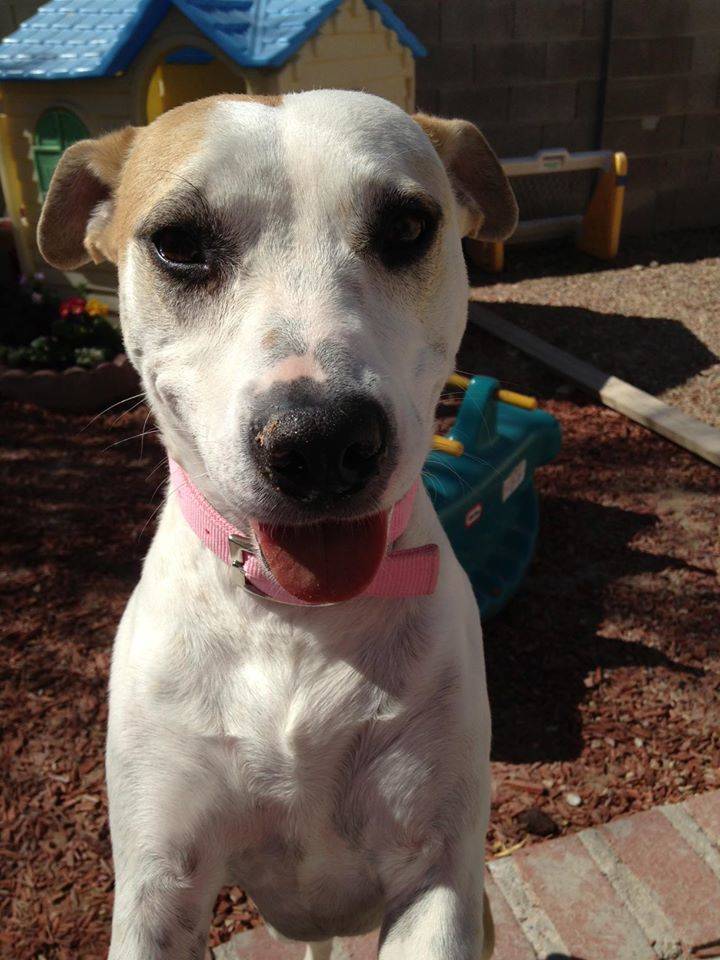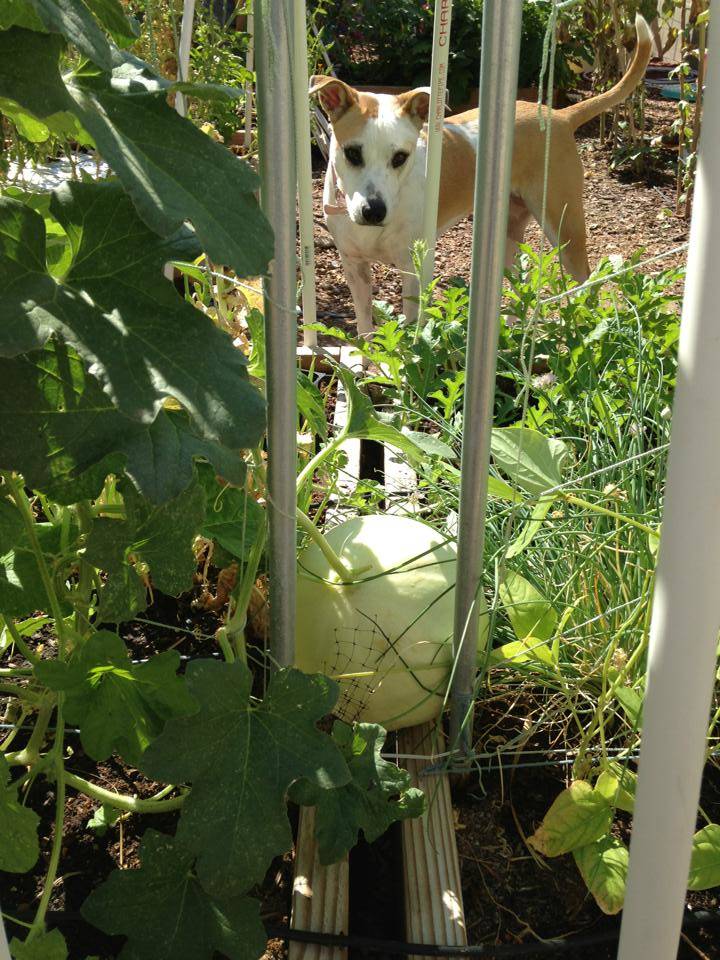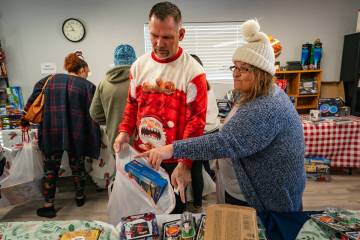IN SEASON: Growing a dog friendly vegetable garden
Our furry companions love our gardens as much and maybe more than we do. Every morning when I am heading out to complete my garden chores, our dog is waiting by the door to join me, along with one of our cats. While I am working, they poke about and lounge in the sun.
For those of us whose pets are family, we want to include them in our activities. It is important to be mindful though of the dangers that can lurk in the garden for dogs and how to keep them safe. A few simple steps will assure that you both can enjoy the space together.
Limit unsupervised access Even the most well-mannered dog can find trouble when left unsupervised in the garden. The easiest way to limit access is to establish a separate fenced area for your vegetable garden. To make the fencing more attractive, perennial bushes and flowers can be planted along the perimeter. The fencing could also be used as a trellis for vining plants.
Another option is to plant your garden in tall raised beds of at least 3 feet high. There should not be a gap between the bottom of the raised bed and the ground as the dog and other creatures could potentially dig up from underneath. Gaps could also cause structural problems or collapse if not built correctly.
Provide interesting water features
It can be easy to get carried away with your tasks and forget to stay hydrated. The same can be said for Fido. You can help your dog stay hydrated by installing interesting water features.
In my garden, I have several large unglazed saucers, which are meant to be put underneath terra cotta pots. They are about the size of a dinner plate and have a lipped edge.
I have lined them with pebbles and placed them throughout the garden. The dripline runs through them, and they are filled each time the garden is watered. They also serve as mini ponds for attracting pollinators and lizards to the garden.
Pathways avoid soil compaction
When it comes to the garden, it is important to keep both people and dogs from walking on soil to prevent compaction and trampled plants. Garden soil should feel soft, light and crumbly when you hold it in your hand. By establishing clear, defined pathways, your dog can learn where to walk and where not to walk. Raised beds certainly provide an advantage but a simple edging can be made with rocks or branches.
Pathways should be lined with some sort of weed barrier, such as cardboard, and covered with wood chips or pebbles. With training, your dog will learn to use the established pathways and stay out of your garden beds. Our dog is especially beastly, but she learned quickly to stay out of my garden beds when met with a gentle blast of water from the hose.
Let them dig:
It seems that dogs were born to dig, and this behavior is probably the hardest one to thwart when it comes to dogs in the garden. Instead of avoiding digging altogether, give your dog a place to dig instead. A small sandbox placed in the corner of the garden can provide hours of entertainment for your dog while you are busy with your garden tasks.
Fill the sandbox one-third to half full with play sand. Play sand is non-toxic, inexpensive and can be bought at home improvement stores. Placing the sandbox on a hard surface such as cement will make it easy for you to sweep up sand that has been kicked out of the sandbox by your dog. Burying treats and toys in the sandbox will make it a much more interesting prospect for Fido than your garden beds.
Choose dog-friendly vegetables
Most vegetable gardeners are growing tomatoes, the leaves of which are toxic to dogs. Onions are also not good for dogs. If you are not able to fence your garden off from your dog, perhaps grow these vegetables in containers in a different part of your yard that the dog does not have access to.
Green beans are a great option for planting in a dog-friendly vegetable garden as are pumpkins. Both are filled with vitamins and nutrients that are a nice supplement to dog food and more healthy than boxed dog treats. When planting some for yourself, maybe plant a few extra for your dog.
Another tasty treat that I have found my dog loves is cauliflower root. When I am cleaning out my spring garden, I dry and save the roots for her. This is a good alternative to rawhide and the price of free is a nice bonus.
Toxins to watch out for:
There are other toxins to consider when gardening with dogs. Fertilizer is a common one that gardeners may not think of. Choose natural fertilizer such as compost tea or worm casings. If applying liquid fertilizers to the garden, do not let your dog into the garden for at least 24 hours. This applies to any pesticides and herbicides that you use as well. I personally avoid pesticide and herbicide use in my garden.
Cocoa bean mulch is beautiful and a great use of a byproduct of cocoa bean processing that would otherwise go to waste. Sadly though, it is not a good choice for a dog-friendly garden. If consumed in too large of a quantity, it can be deadly. Avoid this type of mulch altogether if you have dogs, even if your garden area is fenced. The smell of the cocoa bean mulch is very appealing to dogs, and it only takes one instance of your dog sneaking into the garden to lead to a tragic outcome.
Getting outdoors is important for our furry family members just as it is for us. Fortunately, by following a few simple steps, it is easy and rewarding to create a garden that is not only beautiful and productive but a haven for you and your dog alike.
Terri Meehan is the Founder of Southern Nevada Gardening Association a regional group. She is a garden mentor and local farmer in Pahrump. Send questions or comments to her at sonvgarden@gmail.com


















